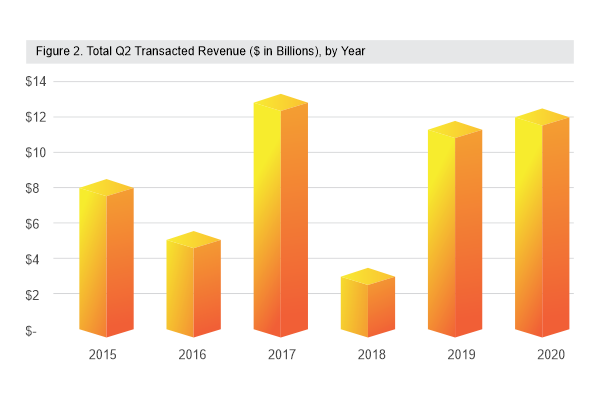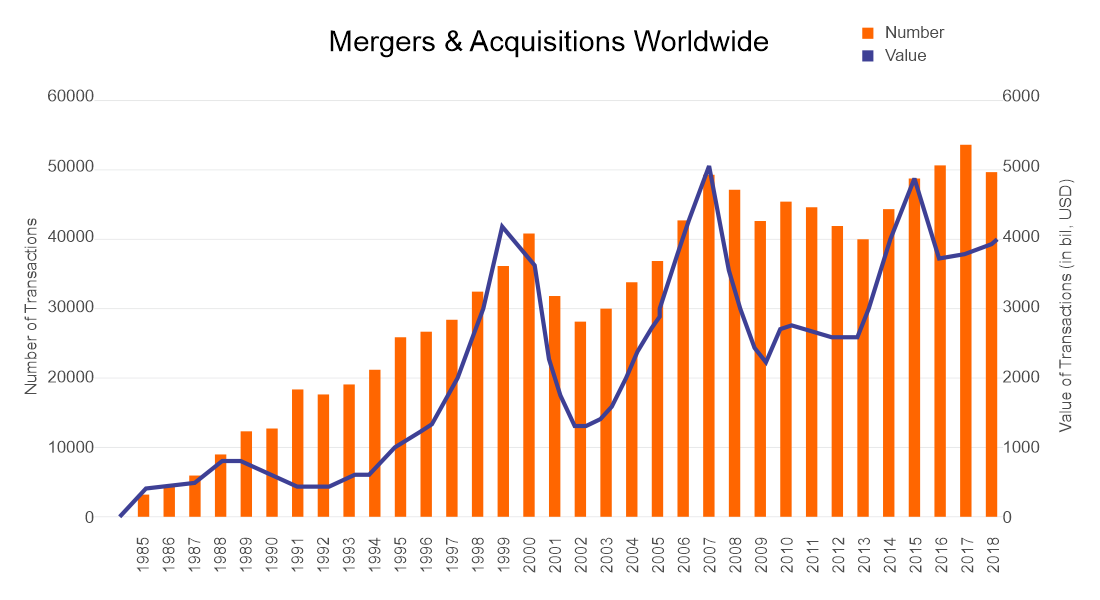In this white paper, Steve Meier, Director of Marketing, explores the importance of deploying technology within operations to help scale your organization.
Please click on the video to the right to learn more about the author, hear his insights on this white paper, and learn what motivated him to write about this topic.
To discuss this white paper in detail, please contact Steve using the information provided at the bottom of the page.
If you live in the world of operations, at some point you have probably thought to yourself, "there must be a better way to do this!" In the world of healthcare revenue cycle management, this is opined almost daily. Whether you were impacted by a merger or acquisition (M&A), oversaw multiple care locations, or worked in a central billing office living within 10 different systems at one time, I can promise you, there is definitely a better way.
If the COVID-19 pandemic taught us anything, it would be that it's imperative to streamline processes and look for the most productive ways to accomplish daily transactions. In the past, if your operations team relied on multiple systems to accomplish daily work, it was an accepted situation and you learned to deal with it. Some teams probably even prided themselves on the fact that they could multitask to an exponential degree. While this is quite an accomplishment, and in many ways accepted, this is not how you can scale an organization.
What if there was a way to work off one system throughout the entire revenue cycle? Would you be willing to take a step back and look at the way you operate and say, "there must be a better way to do this?" Again, I promise you, there is.
Mergers and acquisitions are not new; in fact, they have been increasing year over year within the U.S. for the last 10+ years. More recently, some health practices are being created with the specific intent to be bought out by an external organization. The current state of healthcare has only impacted this further as organizations are looking to scale quickly and capitalize on exponential growth, while implementing strategies designed to limit risk.

To go a step further, this is not only a U.S. phenomenon. This is the same globally and has continued for the last 20 years. This proves that change is inevitable, organizations are growing, and it’s time to prepare.

So, what happens post-merger when the dust settles; or when you look at your internal operations and realize that your smoothly-run operation is now required to work within perimeters and systems that simply do not align with your own? You can look to switch software systems, retrain your staff, and then implement the new platform across your organization. But what if that solution does not work, or if you find yourself in the same situation years down the road?
A recent survey of tens of thousands of tech-weary hospital executives and user-level IT staff indicated that 93% of large health systems had few regrets over their switch to a new system-wide management platform; this while 88% of mid-sized systems were lamenting their decision due to a number of issues they had experienced.
In review, mid-market system CIOs spent a lot of money focusing on functionality and incentive-dollar achievements and did not appropriately understand long-term value by dealing with basic issues, such as departmental workflows, usability, interoperability, and data-sharing standards. When you consider most struggling organizations are dealing with tight margins, it’s easy to understand why the majority of leaders are looking for ways to course correct from bad decisions.
Where should you go from here? You can look toward new software solutions and roll the dice again. Or you can keep your current platform and try to find new ways to improve processes. Or perhaps you can look for solutions outside the box.
For many, the answer is simple: look for a solution which allows you to manage multiple workflows off one unique platform and offers robust analytics that you most likely did not have access to previously. This will allow your organization to operate business-as-usual, with minimal training or repurposing, and will streamline the way your team operates. Unfortunately, there really aren’t many solutions like this available on the market.
Vee Healthtek realized this is an issue across multiple industries and has since developed a platform that not only solves this issue, but allows organizations the possibility to scale beyond their wildest expectations. Sona PROMISE is a premier revenue cycle management solution that is designed to optimize operational workflows and enhance business intelligence capabilities. PROMISE increased our own internal operational capabilities and is now available to do the same for yours.
Outside of the obvious workflow enhancements that come with deploying Sona PROMISE, the analytical data derived from the platform truly enables organizations to capitalize on key performance indicators that may have been lost from data that was stored on separate systems. This new data will allow you to make educated decisions on the future of your organization and allows customized options to increase functionality to meet your specific operational needs.
When looking to implement transformative solutions that offer the least impact to current operations, Sona PROMISE delivers where others fail. The key is to order the chaos and master the process. With these tools at your fingertips, you will now realize that there is a better way to operate. It’s time to set your organization up for future success and brighter days ahead. I can PROMISE you that.
https://www.kaufmanhall.com/insights/research-report/healthcare-mergers-acquisitions-activity-report-q2-2020
https://imaa-institute.org/mergers-and-acquisitions-statistics/
https://www.prnewswire.com/news-releases/health-systems-advise-financially-struggling-peers-to-measure-ehr-vendor-value-propositions-against-heavy-brand-influences-300763601.html